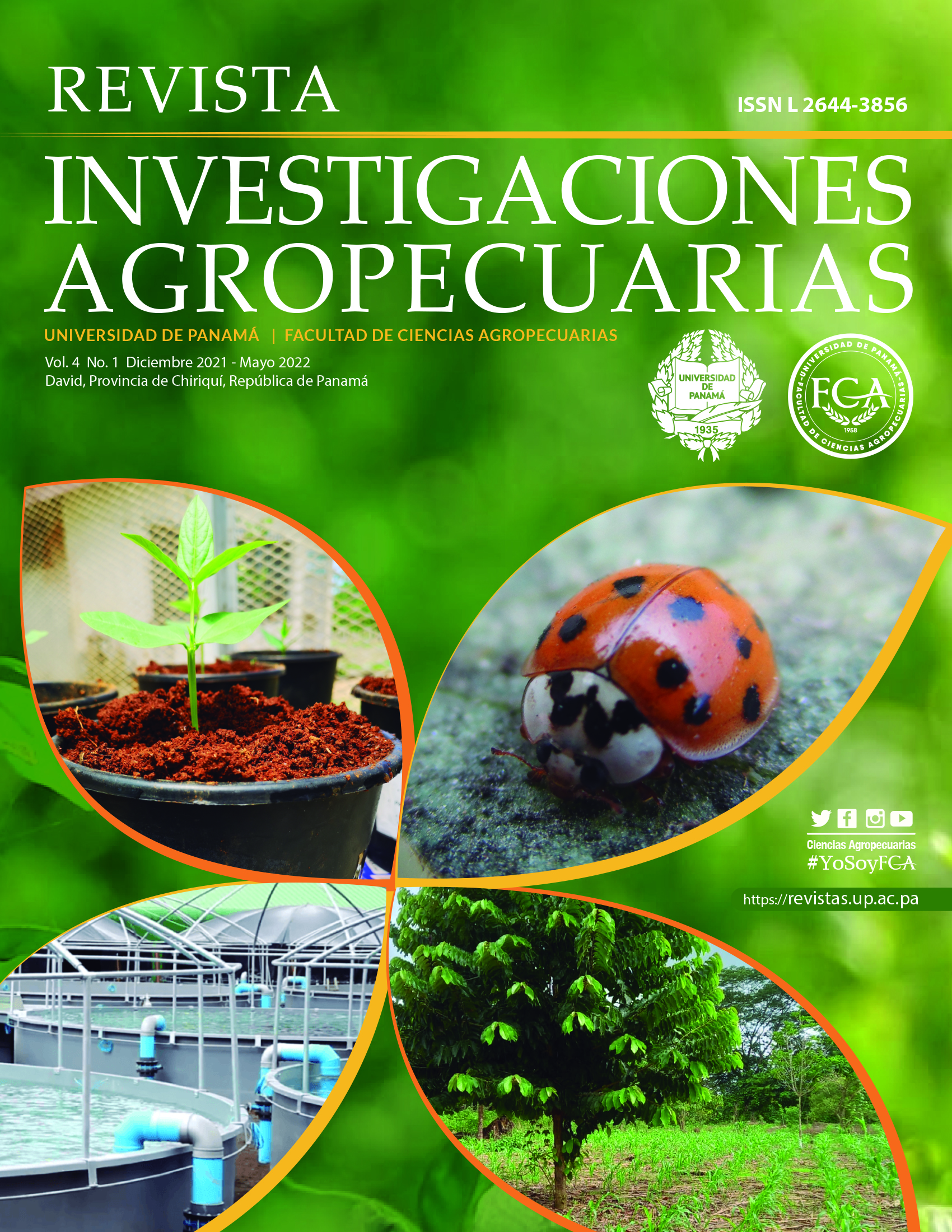

Lablab-bean (Lablab purpureus (L.) Sweet), is a legume consumed in the peruvian coast as grain and is frequently used as fodder for livestock. However, it is affected by biting-sucking insects such as aphids (Aphididae); which have natural enemies like ladybeetles (Coccinellidae), frequently used in biological control programs. The aim of this research was to identify the predatory Coccindellidae and the main aphid species in lablab-bean crops in Ica, Peru. For this, random samples were carried out for the collection of specimens, in backyard crops located in the District of Los Aquijes, Department of Ica. A net, glass vials with cap, ethanol 70% and plastic bags were used. Subsequently, the specimens were mounted and labeled, to later identify them with the help of stereoscope and specialized literature. According to the results, 26 adult specimens were identified, corresponding to the Coccinellidae species Harmonia axyridis Pallas, 1773 (7); Hippodamia convergens Guérin-Méneville, 1842 (5); and Cycloneda sanguinea (L., 1763) (14). The predominant aphid species was identified as Aphis craccivora Koch, 1854; being the lablab-bean a new host report. This agrees with other works, since both pest and predators have a wide distribution in America. In conclusion, the plant-pest-predator interaction is constituted by L. purpureus as crop; A. craccivora as pest; H. convergens, C. sanguinea and H. axyridis as predators.